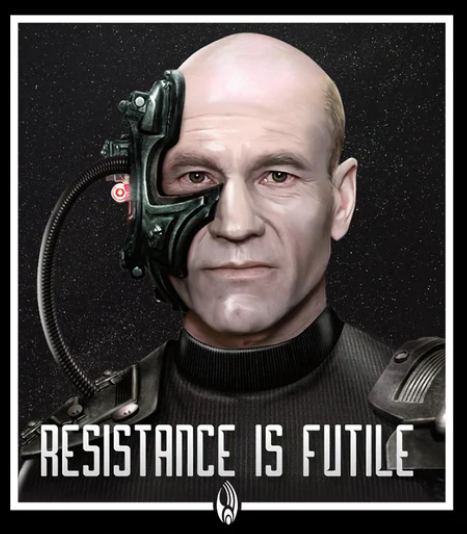Technology is in every aspect of our day to day living in the community and we take for granted that it is literally at our fingertips. Imagine living without Wi-Fi, without screens, or streaming…. Impossible?!
Some people reminisce to the good old days before technology, the time when people played on the street until dark, or when you had to use a phone box as no one had a mobile phone- a simpler time they say. Possibly?!
But times have changed regardless, we now live in a fast paced, technology driven world, one that has adapted and modified quicker due to the pandemic.
Imagine entering hospital in the good old days and re-entering community post pandemic. In my mind it looks like a scene from Heartbeat skipping to an episode of Star Trek.
But this is reality for service users. In a recent conversation with someone in a secure mental health service, they stated they had no idea how to use technology, it had just passed them by. A total stay in hospitals of over 20 years had meant that they had missed so many technological advances.
Out of curiosity I searched Technology 20 years ago and this is what I found…


I was shocked!
What do you remember changing in these last 20 years?
More of your views about technology can be found here:
Service users tell us time moves so slowly when they are in hospital, yet in the community time and technology have flown by-leading to a real juxtaposition in community preparedness and recovery as an inpatient. Services are always behind, despite our best intentions.
Time for people in services passes by without the opportunity for ‘modern’ technology, technological education, and online safety. Staff also feel ill prepared to support service users to use technology, it is also an added level of fear of the unknown and potential risk.
Services need to make time for technology. It is life. It is how we socialise, communicate, interact, function. It is more than just ‘Netflix and Chill,’ it is an inequality. Services need to set time aside to reassure and train staff and have technology experts on board, not just increase the number of laptops available. Service users need to be given time for meaningful, modern and technological enhancing activities too. It is time to change our thinking about technology in secure services and its relationship to recovery.
It is time we make a stand for technology.
Let us know your thoughts.
Charlotte.

